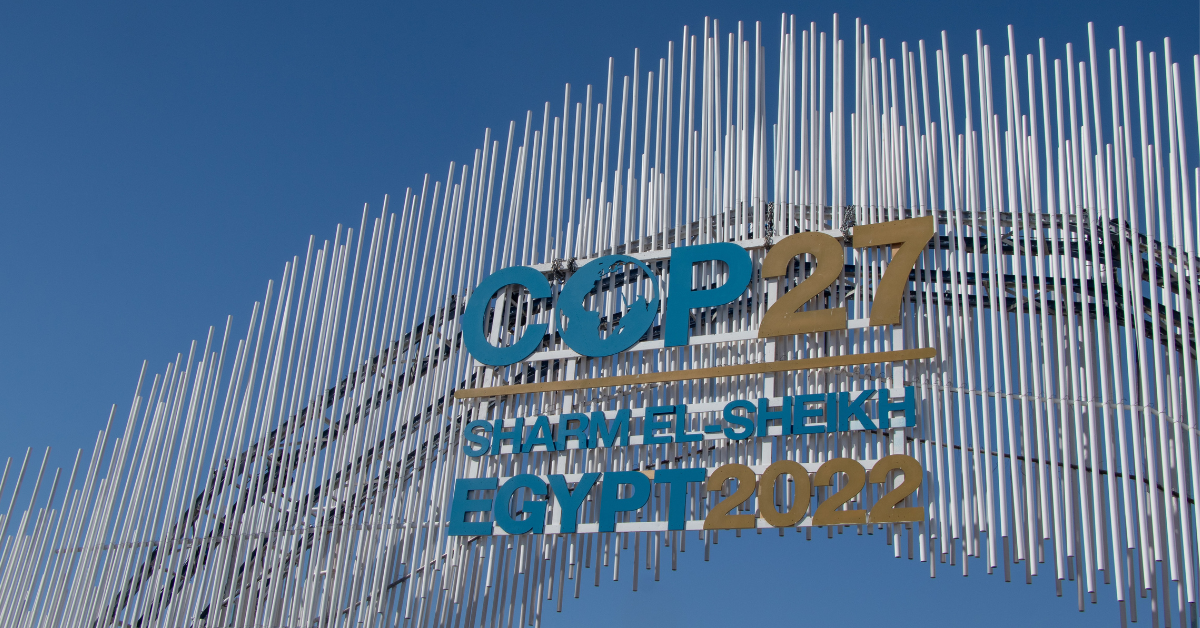
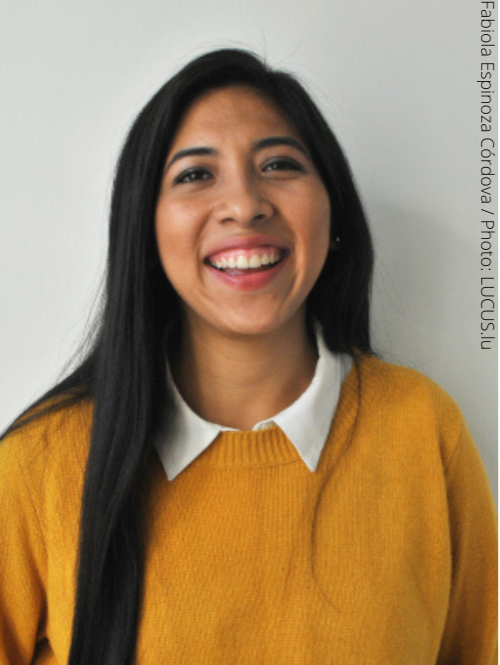
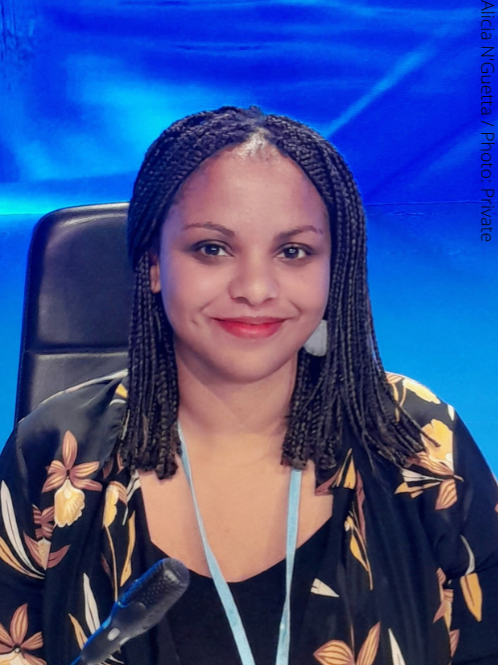
The COP27 UN Climate Change Conference came to an end on 20 November. Since then, researchers have analysed the outcomes, highlighting both successes and failures. The SweDev secretariat asked two PhD students from Lund university who participated in the conference about their roles, experience, and reflections. Fabiola Espinoza Córdova and Alicia N’Guetta are both PhD students at the Centre for Sustainability Science at Lund University (LUCSUS) and are part of the European Union funded project Marine Coastal Ecosystems Biodiversity and Services in a Changing World (MaCoBioS). Alicia N’Guetta’s research also takes place in the project Recasting the disproportionate impacts of climate change extremes (DICE).
Research area and role at COP27
Fabiola: My research is embedded in the context of the MaCoBioS project and involves critically examining the implications of discourses on climate change adaptation.
In particular, I focus on Small Island Developing States (SIDS) in the Caribbean and Barbados as a case study to understand how adaptation informs local planning, considering issues of scale and associated power dynamics. I participated in COP27 as a researcher from the Lund University delegation.
Alicia: My research topics are loss and damage, adaptation, marine and coastal biodiversity and livelihoods. Specifically, I have been looking at loss and damage to fisherfolks in tropical areas, with the main case study being Martinique, a department and region of France in the Caribbean. As a researcher from the Lund University delegation, my role at COP27 was to understand the interactions, the negotiation process, the framing, and the challenges surrounding loss and damage by different actors.
Expectations and their fulfilment
Fabiola: My main objective in attending the COP was to observe the discursive disputes on adaptation and adaptation finance issues, particularly between Caribbean SIDS and developing country negotiators. That is, what ideas on adaptation are supported by negotiators, how they are produced, negotiated, and disseminated, and by whom. In addition, I wanted to establish contacts with Caribbean SIDS negotiators and other intergovernmental organisations involved in supporting adaptation in the Caribbean.
I would say that overall, I met my expectations. I had informal discussions with several SIDS negotiators and gain insights into their views on the process, what ideas they agreed with and what arguments they used to justify them. However, I must conclude that the process did not go as smoothly as expected. The discussions on possible solutions, compromises and balancing positions take place behind closed doors, making it difficult to fully observe how consensus is reached and the power dynamics that unfold. In addition, the SIDS delegations were rather small, so it was difficult to get in touch with the negotiators as they were busy with meetings for most of the day.
Alicia: Before the COP, I expected the issue of loss and damage to be on the agenda. I was also curious to see whether the Santiago network would be operationalised and whether funding would be made available for loss and damage. Progress has been made in all these areas. I had also hoped to meet different types of climate change actors who were particularly concerned with my research topics. Loss and damage was institutionalised in 2013 and since 2015, article 8 of the Paris Agreement has referred to the importance of: ”averting, minimizing and addressing loss and damage associated with the adverse effects of climate change”. Several events this year, such as the drought in Europe or the floods in Pakistan, show the urgent need to work towards these objectives.
Learnings and conclusions from COP27
Fabiola: The most important thing I learned from my participation in the COP is the importance of framing and discourse in shaping negotiation processes, which largely determine the influence of parties in the United Nations Framework Convention on Climate Change (UNFCCC) processes. While the media provides insight into some countries’ positions, it is invaluable to observe how the negotiations unfold and talk to the key actors involved for a better understanding of the processes.
I was particularly impressed and inspired to see how the SIDS parties fought for climate justice during the negotiations until the very end. While climate change has become a global issue and adaptation is now seen as a global goal to be achieved, financing for adaptation and loss and damage remain at the centre of heated debates between developed and developing countries.
The decision at this COP27 to establish a Loss and Damage Fund gives more hope to the most vulnerable countries to help them in coping with slow-onset events and climate disasters. The latter was seen as an achievement for vulnerable countries, particularly for SIDS. I felt privileged to be able to observe this process up close and look forward to incorporating this perspective into my research!
Alicia: COP very clearly highlighted the importance of science. Science was strongly considered in the discourses on why we need to act now, what we should think about and what our priorities should be. In my field of research, there are still significant gaps in conceptualising and measuring loss and damage, especially intangible losses such as loss of identity, biodiversity, knowledge, sense of place, etc. As scientists, we need to consider the context and the past, present, and future to fully understand climate change impacts.
I think that the COP, as the highest decision-making body of the UNFCCC is an important platform for all climate change actors to share, reflect and act to achieve previous agreement targets such as the Paris one. However, I strongly believe that a continuous increase in synergies between the three pillars of international climate change: mitigation, adaptation, and loss and damage is critical to address this global challenge.
Read about the COP27 post-match analysis, where an expert panel shared insights on the COP27 negotiations.
Interviews by Roksana Rotter, Communication and Research Intern for SweDev. Edited by Roksana Rotter and Alice Tunfjord, Associate, SweDev at Stockholm Environment Institute (SEI).


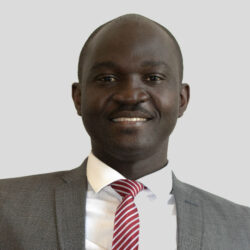
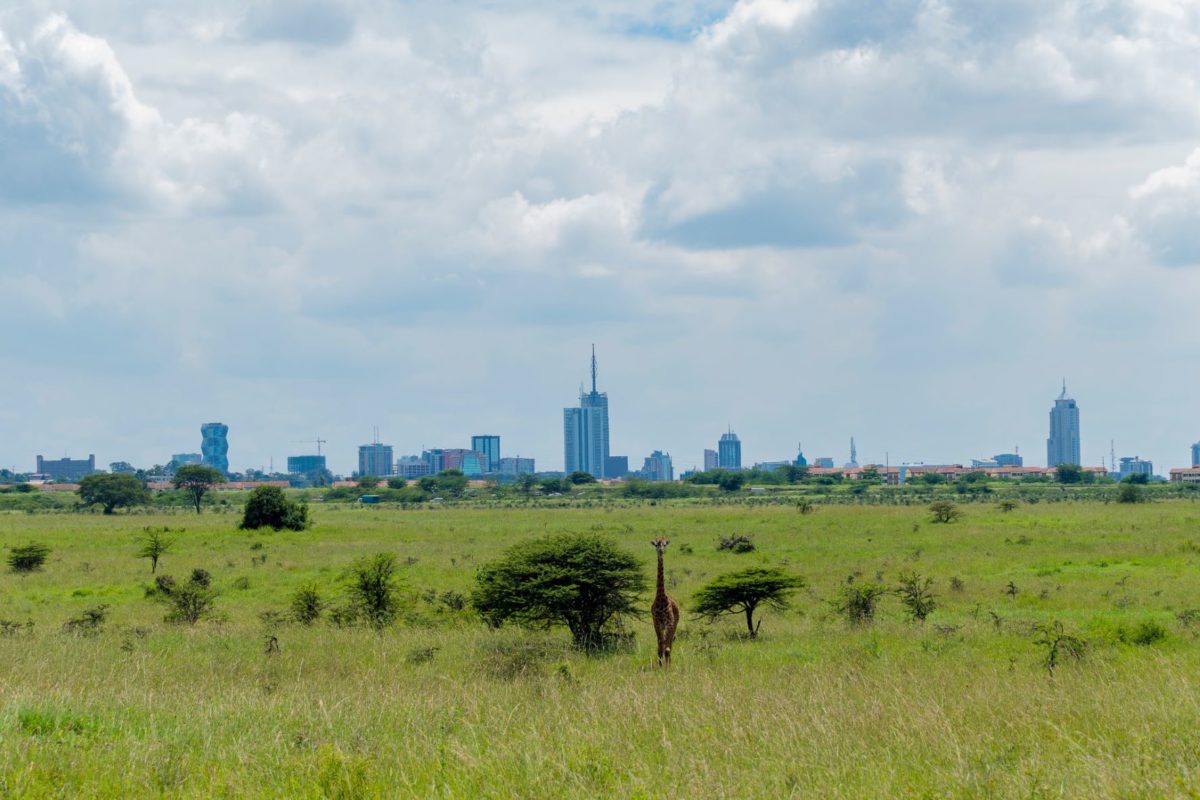

Recent Comments